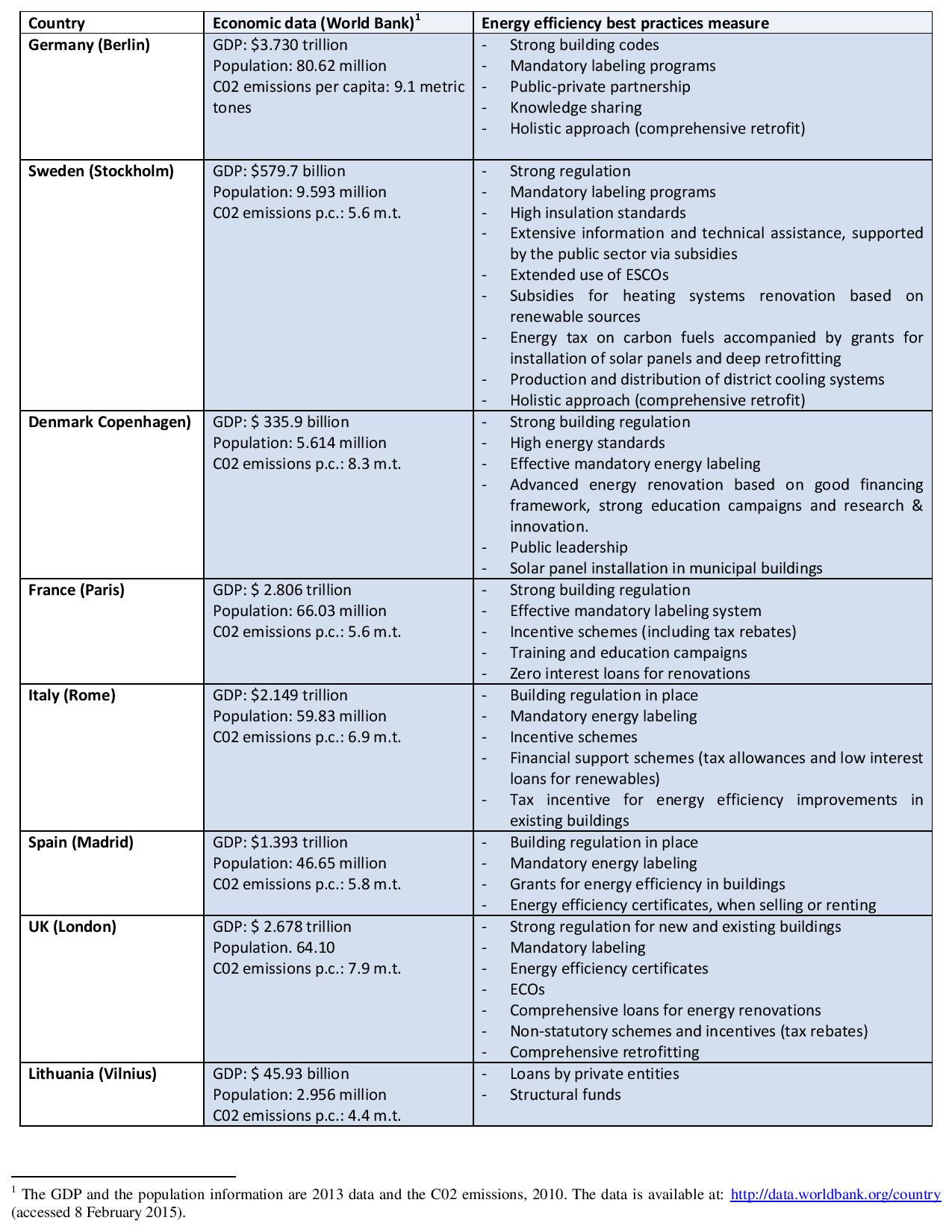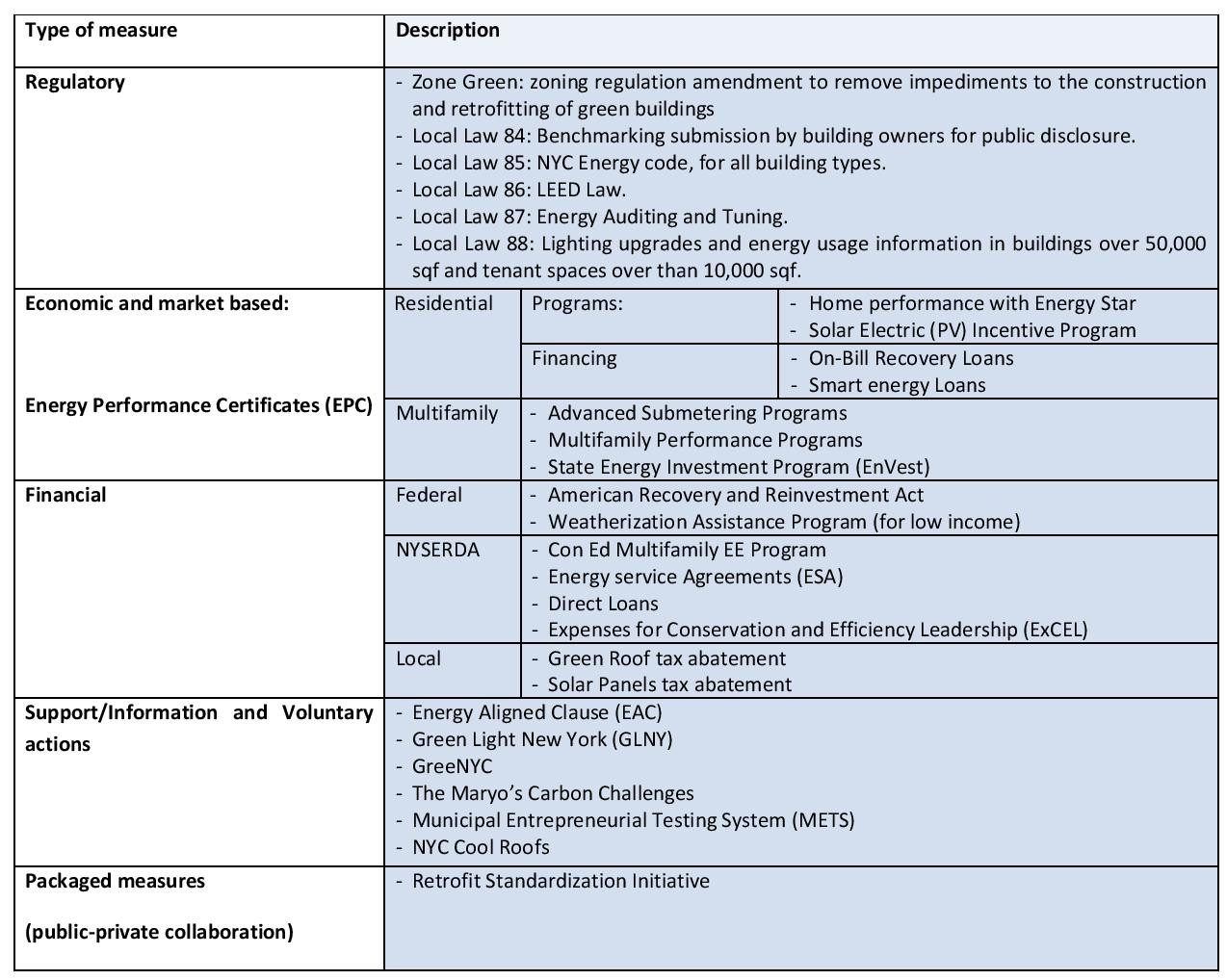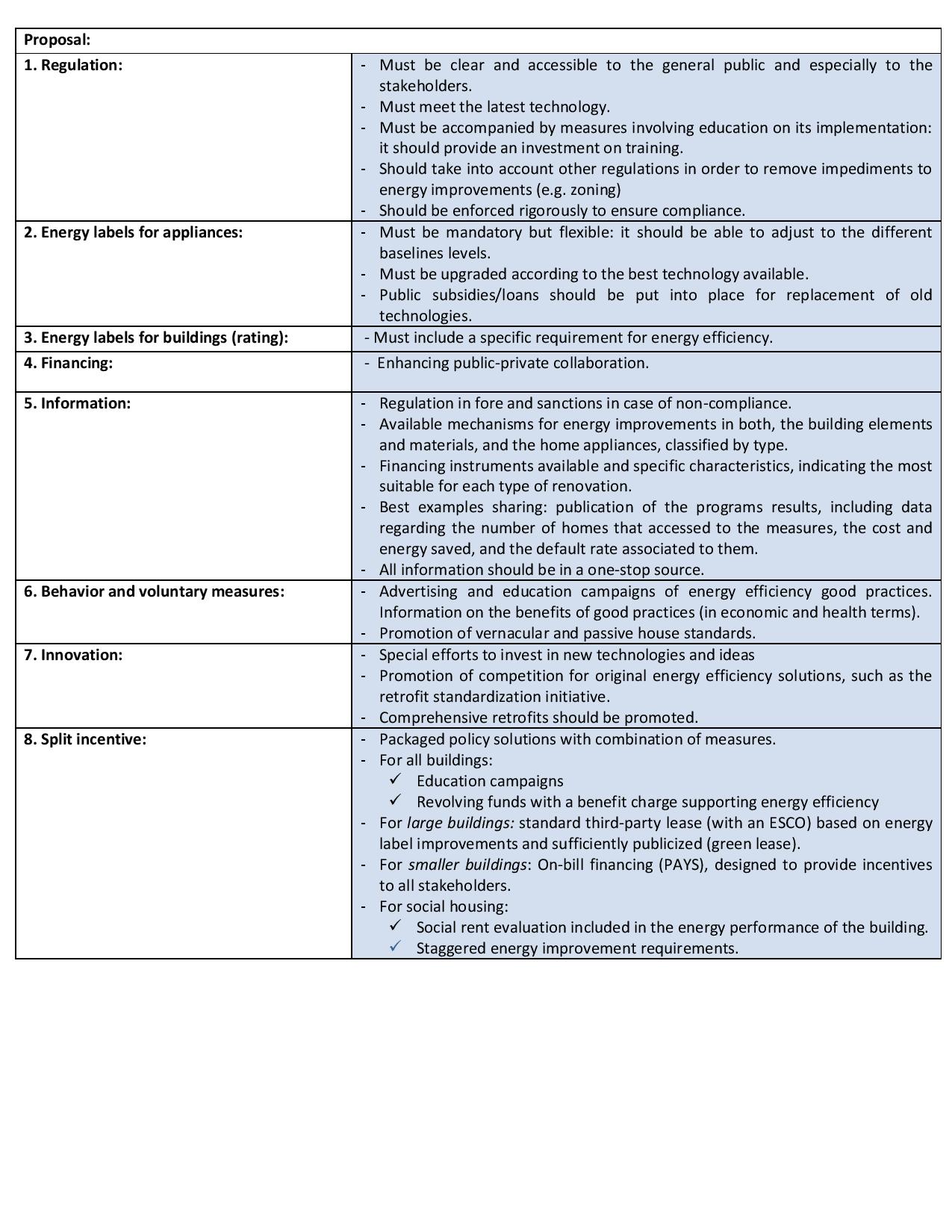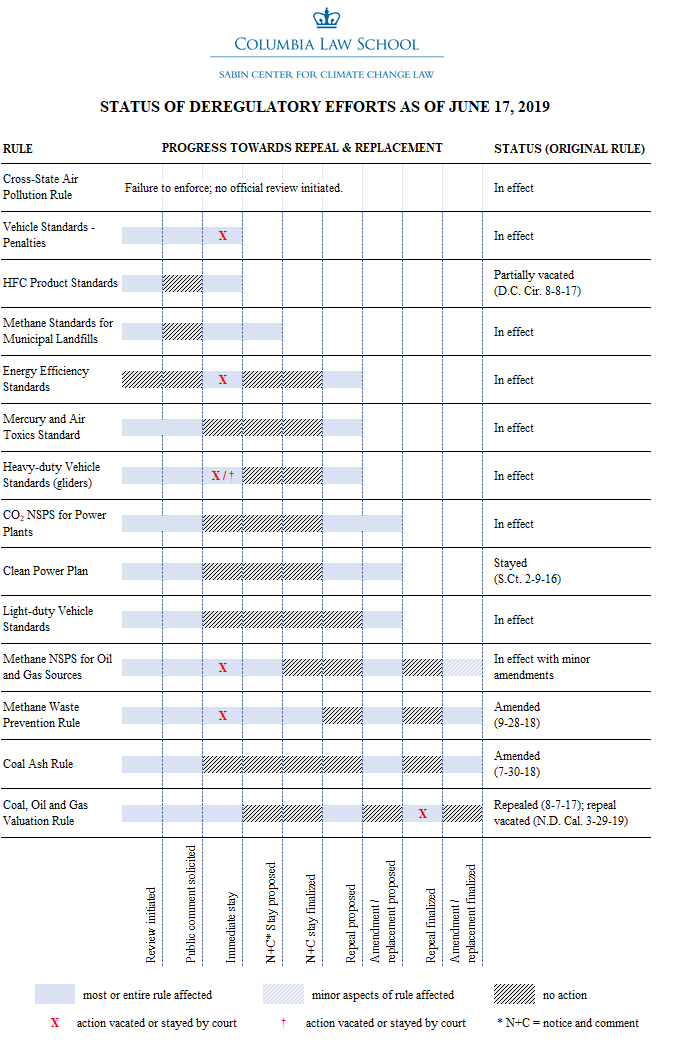Teresa Parejo-Navajas, Associate Professor of Law (Carlos III de Madrid University)
To download the full paper, click here.
Improving energy efficiency in existing buildings represents a great opportunity for reducing greenhouse gas emissions. Numerous measures to increase efficiency and decrease emissions have been put in place in cities all around Europe and in the US. But there are some that stand out from the rest, like New York City (NYC), which is a remarkable example of commitment to the fight against climate change. This is due to the city’s special characteristics, with a great urban density and a large percentage of greenhouse gas emissions coming from its aged building stock, which has urged its authorities to take important measures in order to eliminate (or at least diminish) its adverse effects. However, there is always room for improvement. Thus, a comparative study between some of the most successful measures developed in selected European cities and NYC, will be aimed at giving some useful elements to legal professionals in order to improve the existing energy efficiency measures for greening the existing building stock in any city around the world.
The European cities (and countries, as their policies are largely linked) selected for this research are: Germany (Berlin), Sweden (Stockholm), Denmark (Copenhagen), United Kingdom (London), France (Paris), Spain (Madrid), Italy (Rome), and Lithuania (Vilnius). This sample includes some of the Nordic European countries, which are well known for being the most energy efficient in Europe, some Mediterranean countries, with more economic and behavioral difficulties but impressive achievements in specific areas, and the best ranked Eastern European city.
After a detailed analysis of the measures developed in those selected cities, the main conclusions could be summarized as follows:
Also, the description of the measures developed in NYC, primarily set by PlaNYC and its extension throughout One City Built to Last plan, range from regulatory to voluntary actions, and are summarized down below:

From the above analysis of the energy efficiency measures carried out in a representative part of the world’s existing building stock, some guidelines may be laid down in order to contribute to the energy improvement of any existing residential building in the world. The guidelines can be summarized in the following table:



